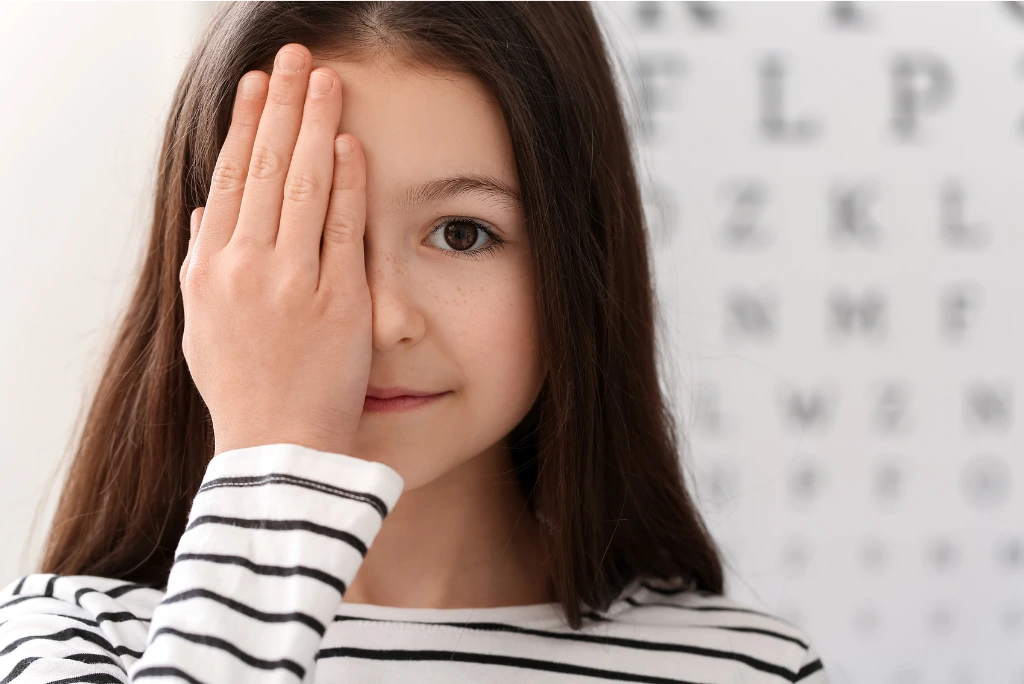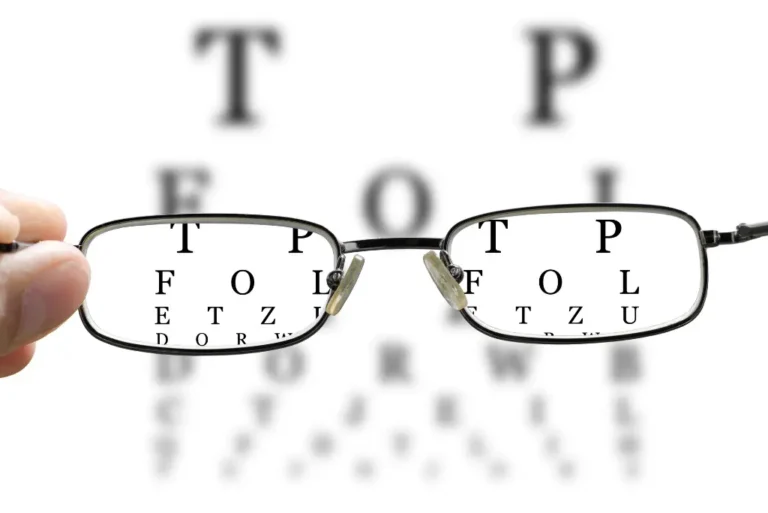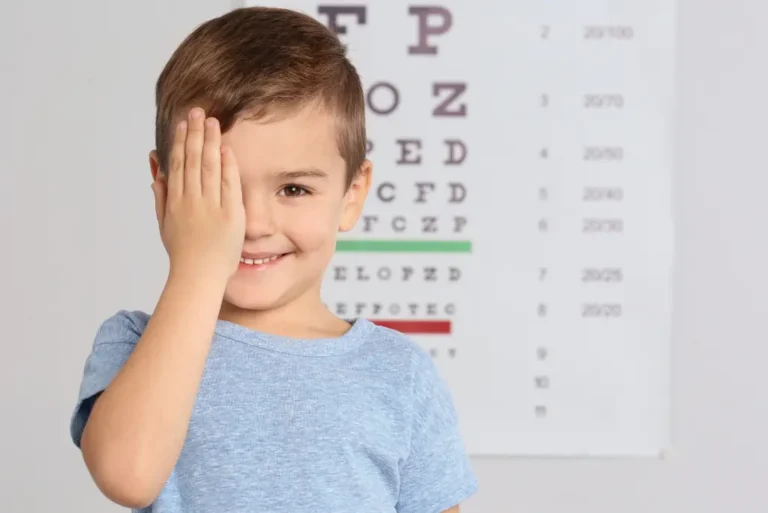A routine eye exam is often seen as a way to check whether a child needs glasses. In reality, it’s a powerful tool for spotting a range of health issues — sometimes before other symptoms appear.
More Than Meets the Eye
A child eye check-up can reveal:
- Signs of diabetes through changes in retinal blood vessels
- High blood pressure indicators
- Clues about neurological health via eye movement patterns
- Allergies and inflammation affecting the eyes
Why the Eyes Reveal So Much
The eyes are the only place in the body where blood vessels and nerves can be directly viewed without surgery. This makes them a unique window into the body’s overall health.
What’s Included in a Comprehensive Exam
At Optimax Eye Specialist and our award-winning OptiKidz® division, every routine exam includes:
- Detailed retinal imaging
- Eye pressure checks
- Eye alignment and muscle function tests
- Vision screening for toddlers and older children to ensure development is on track
Early Action, Better Outcomes
By identifying non-vision-related conditions early, we can refer children to the right medical specialists quickly, improving treatment outcomes and overall health.
Building Healthy Habits
Making routine eye exams part of a child’s annual healthcare plan not only protects their vision but also supports their broader well-being.
FAQ
Q: How often should a child have a routine eye exam?
A: Once a year, or more frequently if advised by your optometrist.
Q: Can an eye exam really detect non-vision health issues?
A: Yes — optometrists can detect signs of systemic conditions during a standard check.
Q: Is retinal imaging safe for children?
A: Absolutely — it’s non-invasive and painless.
Book your child’s routine eye exam at OptiKidz® today — protecting their sight and safeguarding their health.




